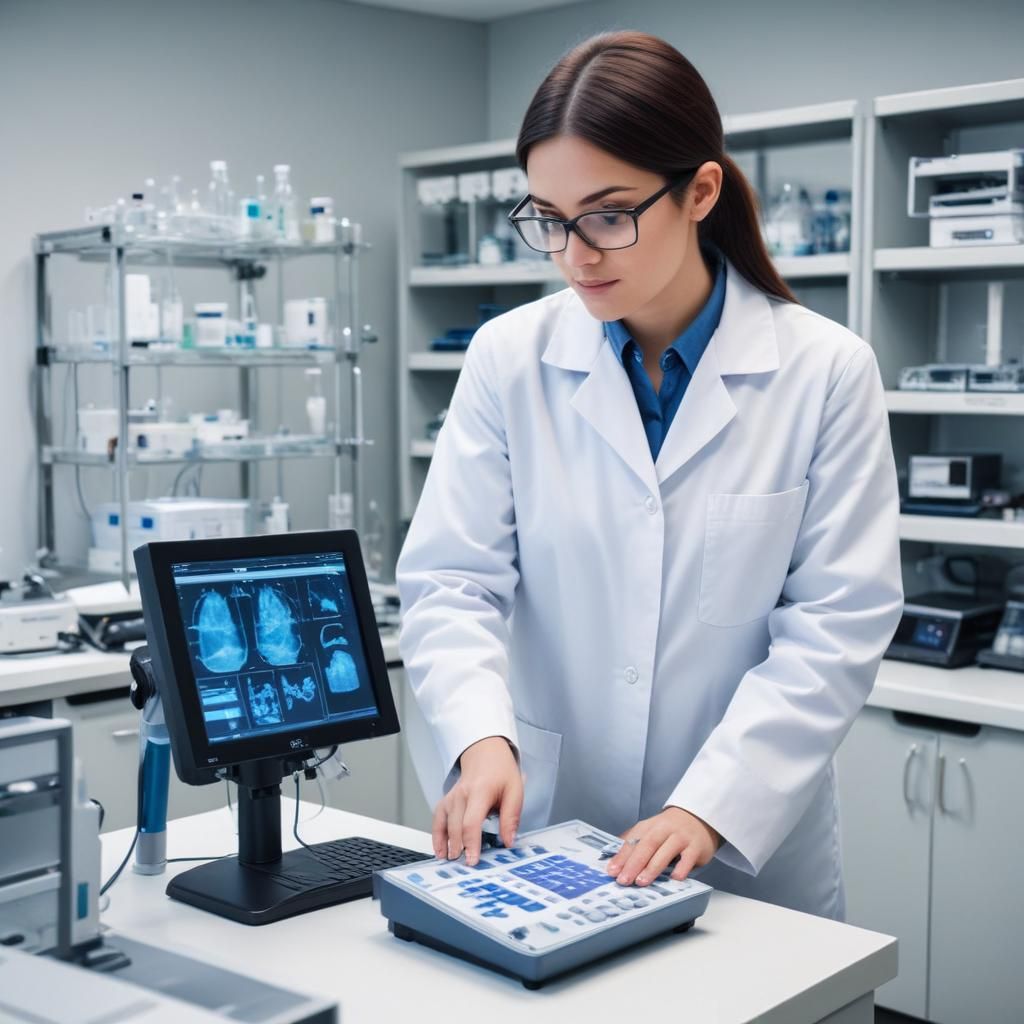Uncover the dynamic role of digital platforms in modernizing the services offered by suppliers of lab instruments. This discussion includes improvements in client servicing and technological utility, positioning these suppliers at the forefront of industry innovation.

Have you noticed how technology is changing the way businesses work today? The same is happening in the field of laboratory instruments. Lab instruments suppliers are now using digital platforms to make their services better, faster, and safer. This change is helping laboratories, research centers, and industries get what they need more efficiently. In this article, we will talk about how digital platforms are transforming the services offered by lab instruments suppliers and what can be done to make the process safer for everyone.
One of the biggest changes is online ordering systems. Earlier, customers had to call or visit suppliers to place orders. Now, digital platforms allow them to view product catalogs, compare prices, and order lab instruments with just a few clicks. This saves time and makes the process smooth. To keep this safe, suppliers use secure payment gateways and encrypted websites to protect customer information.
Another important change is the use of mobile apps. Many lab instruments suppliers now offer mobile apps that make it easy for customers to browse products, request quotes, and track orders. These apps provide real-time updates and notifications so customers know exactly when their order will arrive. To make this safer, suppliers add features like two-factor authentication and secure logins.
Digital platforms also make it easy to provide technical support. Earlier, if a lab instrument stopped working, customers had to wait for a technician to visit. Now, suppliers use video calls, chat systems, and online troubleshooting guides to help customers fix minor issues quickly. This reduces downtime and helps laboratories continue their work without long delays. To keep things safe, suppliers make sure the support tools are hosted on secure servers.
Another big advantage is digital training and user manuals. Lab instruments often come with complex instructions. Digital platforms now provide video tutorials, downloadable manuals, and online training sessions for lab technicians. This makes it easier for them to learn how to use instruments correctly. To ensure safety, suppliers include guidelines on proper handling, maintenance, and storage in all training materials.
Inventory management has also improved with digital platforms. Suppliers use software to track stock levels in real time. This helps them avoid delays caused by shortages and ensures customers get the instruments they need on time. To make this safer, the systems are designed with backup storage and secure access controls to protect sensitive data.
Another benefit is digital documentation. Earlier, paperwork like invoices, certifications, and delivery notes took a lot of time to prepare. Now, digital platforms generate these documents automatically and share them securely with customers. This reduces errors and speeds up the process. To keep this safe, suppliers use digital signatures and encrypted files for all official documents.
Digital platforms also allow better communication between suppliers and customers. Through chatbots, email alerts, and customer dashboards, suppliers can answer questions, share updates, and provide quick solutions. This creates a smooth experience for customers. To maintain safety, suppliers ensure these communication tools follow privacy laws and secure data handling practices.
One more change is the use of data analytics. Digital platforms collect data about customer preferences, order history, and product performance. Suppliers analyze this data to improve their services, offer better products, and predict demand. To keep customer data safe, suppliers follow strict data protection rules and use advanced security systems.
Finally, digital platforms make it easy for suppliers to connect with global customers. Earlier, most suppliers only served local markets. Now, with e-commerce websites and online marketing, they can sell to customers worldwide. To ensure safe deliveries, suppliers partner with trusted shipping companies and use proper packaging to protect delicate instruments during transport.
In conclusion, digital platforms are changing the way Apex Instrument work. From online ordering to technical support and global reach, everything is becoming faster, easier, and more efficient. At the same time, suppliers are focusing on safety through secure systems, proper training, and reliable logistics. This combination of technology and safety is helping laboratories get the instruments they need without delays or risks.
